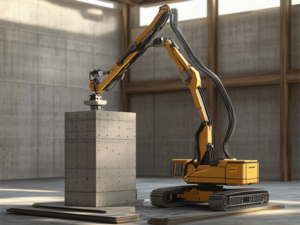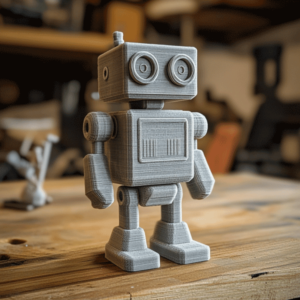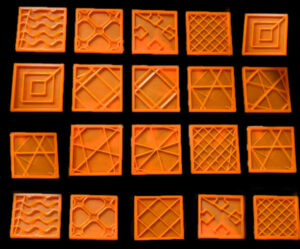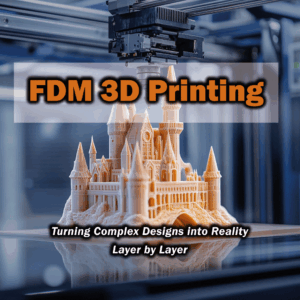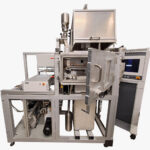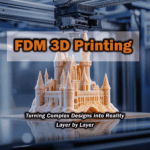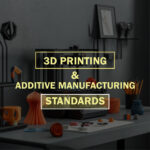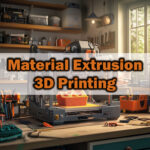3D Printing Materials Explained: Features, Real-World Uses, and How to Pick
3D printers have brought significant changes to production processes by enabling manufacturing at low costs. However, simply using the right printing technique is not enough to achieve the desired results according to our needs; choosing the right 3D printing material is just as important as the printing technique itself.
We can divide the main factors influencing the choice of material into four sections:
1- Mechanical Properties
Tensile Strength
This is important, especially for load-bearing mechanical parts. It defines the threshold at which the material can withstand tensile force without breaking.
Flexibility and Stiffness
This refers to the balance between the material’s ability to flex and its rigidity according to the application’s requirements.

Impact Resistance
It plays a critical role in ensuring durable and reliable parts. This property indicates the material’s ability to withstand sudden impacts without breaking.
Wear Resistance
This refers to the material’s resistance to surface loss in applications where parts are continuously used or subjected to friction.
2- Chemical Resistance
Moisture Resistance
This refers to the material’s ability to withstand various issues when exposed to water or moisture. These issues may include swelling, deterioration of material structure, and loss of strength.
Chemical Resistance
This defines the material’s ability to maintain its properties when exposed to acids, bases, and solvents. For example, chemical resistance is crucial for storage tanks used in industrial machinery.
3- Thermal Properties
Heat Resistance
This parameter is important in applications exposed to high heat, such as engine parts.
Thermal Conductivity
For an industrial example of the importance of thermal conductivity, this parameter helps ensure effective heat dissipation in coolers used in electronic devices, preventing overheating. In such applications, the 3D printing materials used should have high thermal conductivity.
Thermal Expansion Coefficient
In applications where thermal expansion is important, the material used should have a low coefficient of thermal expansion. For example, this parameter is critical in applications such as airplane fuselages.
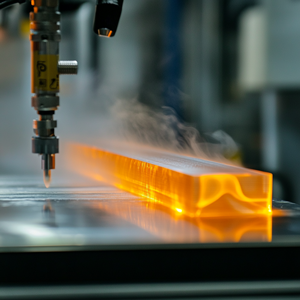
Material Types
In the world of 3D printing, there are various material types available. Depending on the application area, the performance expected from the final product, and the cost, different types of materials can be chosen. A critical factor to keep in mind is that the choice of materials may vary depending on the 3D printing method and technology used. Materials can be categorized into three main types: Plastic, Metal, and Ceramic.
Let’s begin with plastic filaments, which are the most commonly used and easily accessible.
Plastic 3D Printing Materials
Plastic materials are the most preferred in 3D printing. Their popularity stems from their:
• Lightweight
• Ease of processing
• Affordable cost
• Compatibility with various technologies
Plastic materials can be divided into two categories: Thermoplastics and Thermosets.
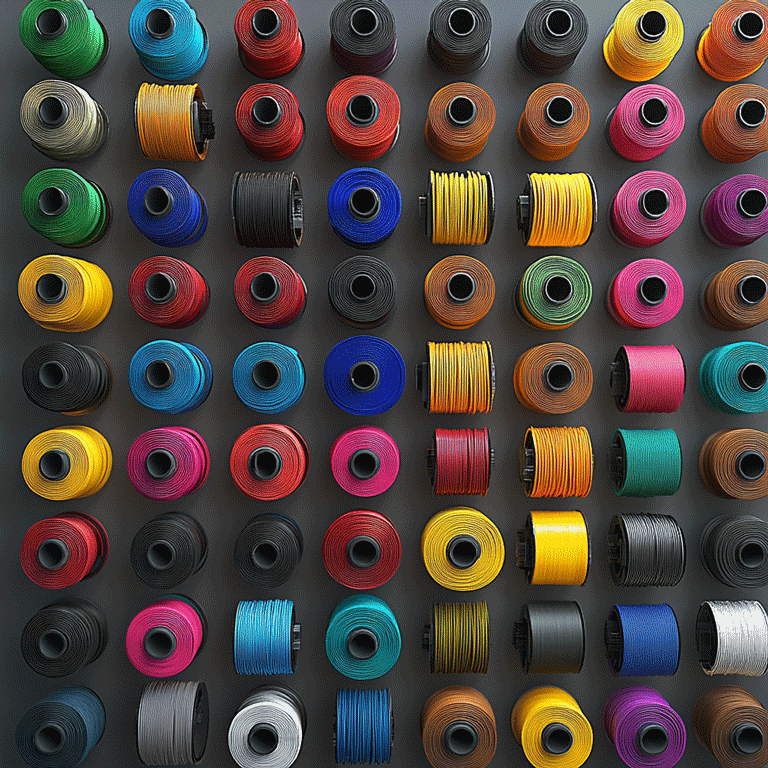
Thermoplastics
PLA (Polylactic Acid)
Properties: Organic, eco-friendly, and easy to print.
Applications: Hobby models, prototyping.
Advantages: Easy to process and has a low melting temperature.
Disadvantages: Low heat resistance due to its low melting point, and it is brittle.
ABS (Acrylonitrile Butadiene Styrene)
Properties: Petroleum-based, heat-resistant, and flexible.
Usage Areas: Automotive components, toy manufacturing.
Advantages: High strength, preferred mechanical properties.
Disadvantages: Requires high printing temperature. Produces odor and potentially harmful gases during printing.
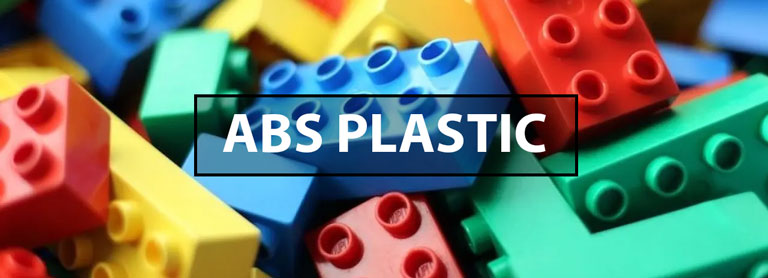
PETG (Polyethylene Terephthalate Glycol)
Properties: Durable, resistant to moisture and chemicals.
Applications: Food packaging, water bottles, and prototypes requiring high durability.
Advantages: Transparency, high strength, and good adhesion.
Disadvantages: Risk of stringing during printing, which can affect surface quality.
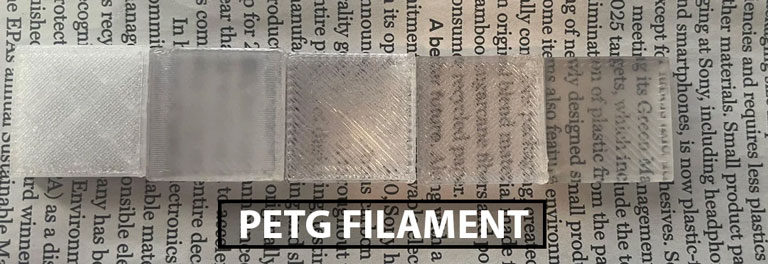
TPU (Thermoplastic Polyurethane)
Properties: Elastic and durable, also resistant to chemicals.
Applications: Flexible parts (e.g., shoe soles).
Advantages: Excellent flexibility.
Disadvantages: Long printing times.
Other commonly used thermoplastic materials include: Nylon (Polyamide), Polycarbonate (PC), PP (Polypropylene), PEEK (Polyether Ether Ketone)
Thermosets
Materials in this group, unlike thermoplastics, assume a permanent shape once they harden and cannot be recycled. The primary examples are:
SLA Resin
Properties: Exists in liquid form, cures with UV light, and is preferred for applications requiring high precision.
Applications: Medical devices, high-precision engineering applications.
Advantages: Offers a smooth surface finish and comes in a wide variety of materials.
Disadvantages: Non-recyclable and brittle.
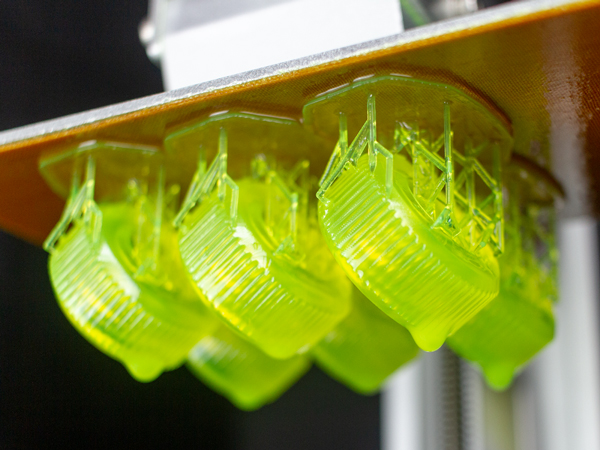
Polyester Resin
Properties: Exists in liquid form and cures with UV light, similar to SLA Resin. Often used with various reinforcements.
Applications: Widely used in everything from construction materials to automotive parts.
Advantages: Economical and durable.
Disadvantages: Poor impact resistance.
Acrylic Resins
Properties: Exists in liquid form, typically opaque.
Applications: Optical lenses and medical devices.
Advantages: Very high light transmittance.
Disadvantages: Lower impact resistance compared to polyester resins.
Other commonly used thermoset varieties include Phenolic Resins and Polyurethane Resins.
2- Metal 3D Printing Materials
In metal 3D printing processes, metal powders or metal wires are used. Metal powders are fused using powerful lasers, electron beams, or other energy sources. The other form, metal wires, is melted in layers using methods such as Direct Metal Deposition (DMD).
Metals are well known for their unique properties such as heat resistance and high strength. These advantages make them suitable for heavy industry, automotive, and aerospace applications. Furthermore, the ability to produce complex parts adds to their appeal.
When considering various metals, key parameters include corrosion resistance, heat resistance, lifespan, aesthetic appearance, material cost, printing cost, processing difficulty, and biocompatibility. These parameters can be expanded based on specific requirements.
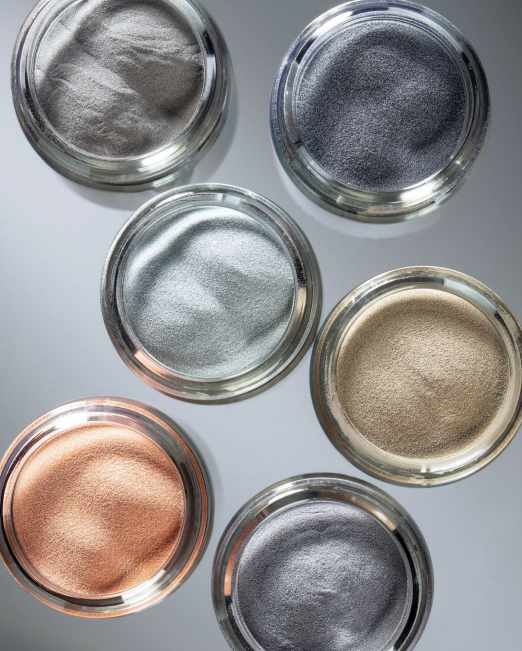
Main types used in printing include:
- Stainless Steel
- Titanium
- Aluminum
- Cobalt-Chrome
- Copper
- Nickel Alloys
- Low-Alloy Steels
3- Types of Ceramic Materials
Ceramics are inorganic, solid materials composed of metal and non-metal elements, obtained at high temperatures. Due to the ionic and covalent bonds holding the atoms firmly together, these materials exhibit high hardness. As they form ionic or covalent bonds, their strength is also high.
Thanks to their high heat resistance, ceramics are ideal for casting molds and other high-performance products.
We can categorize ceramics into Technical Ceramics and Classic Ceramics.
Types of Ceramic Materials
- Technical Ceramics: Examples include Aluminum Oxide and Zirconium Oxide. These ceramics are preferred in engineering applications due to their advantageous mechanical properties and wear resistance. They are also widely used in the aerospace and electronics industries.
- Classic Ceramics: These are ceramics typically made from natural materials, such as porcelain and earthenware, often used for decorative purposes and everyday items. They are favored for their low cost.


